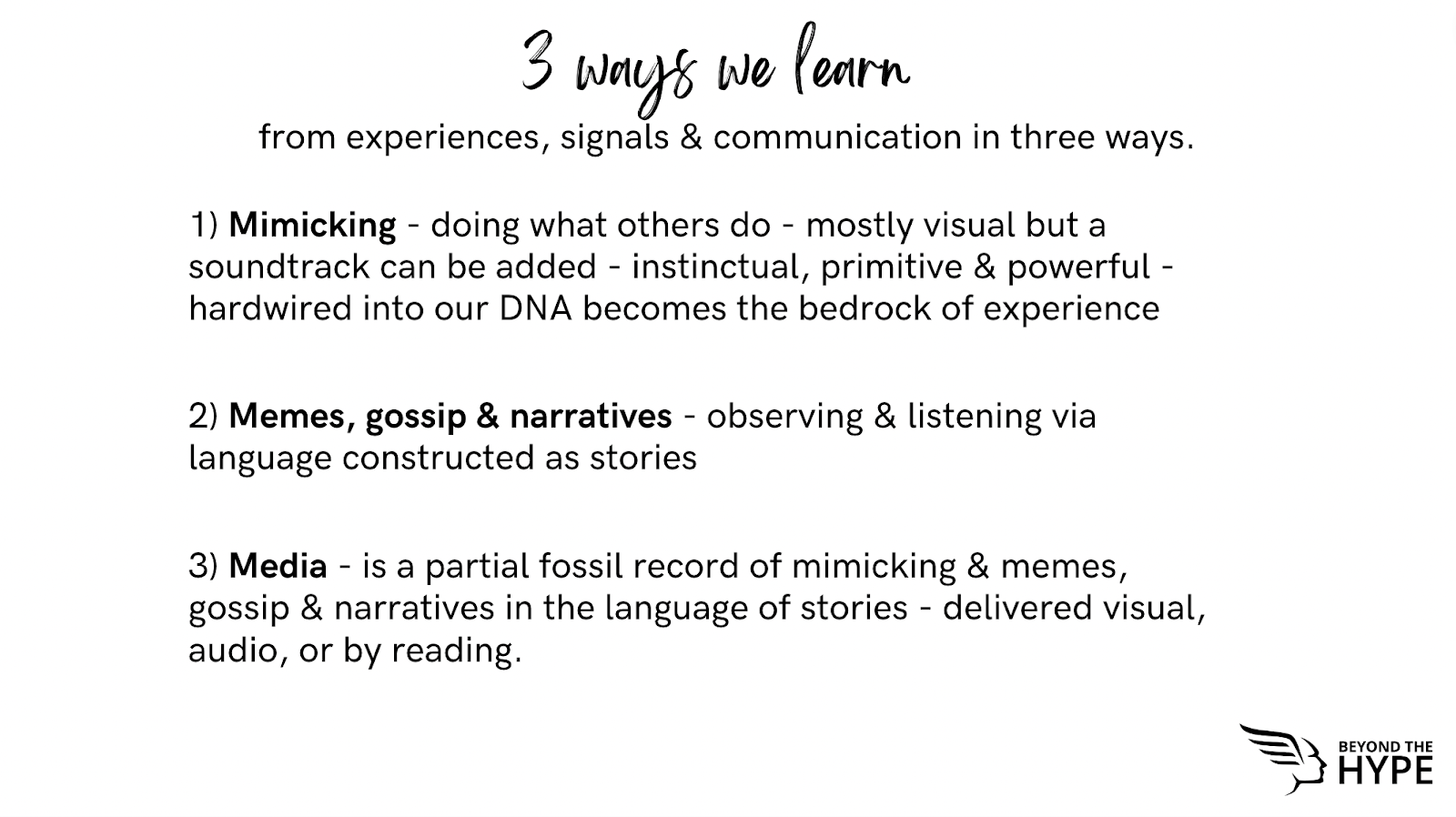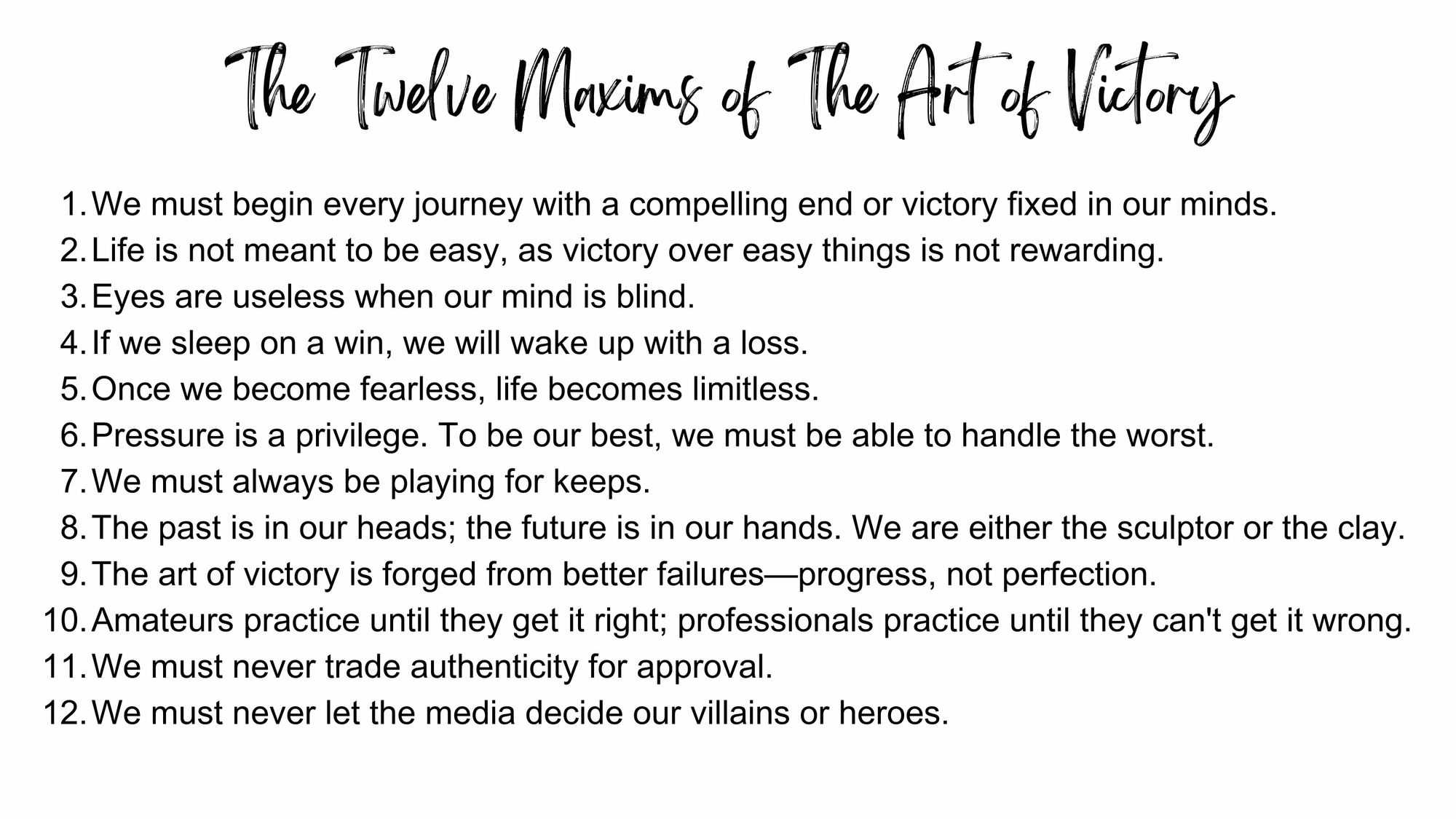Lost Horizon.
Strategy clarity is about making choices and trade-offs with an eye on the future.

To be our best, we must be able to handle the worst.
On a clear night a few years ago, I flew my Cirrus SR22-G2 into Houston Southwest Airport (AXH) with my three young children on board. On a five-mile final for runway 27, I paused to appreciate the stillness of a no-moon night. Without ambient illumination from any city light, the night sky appeared ink black. My eyes were fixated on the soft pale orange lines of runway lights as I pointed my aircraft’s nose down in preparation to flare for landing.
In the blackness, I lost my horizon. I was spatially disoriented. My sense of up and down vanished. My mind spun out of control into a “black hole.” My perception shattered.
Landing at a poorly lit airport can be as tricky as an instrument approach down to a legal minimum. A pilot's ability to perceive a natural horizon can be impaired when flying over water, at night, in sparsely populated areas, and in low-visibility conditions. The lack of a natural horizon for pilots operating under visual flight rules (VFR) can lead to spatial disorientation. The official investigation by the National Transportation Safety Board (NTSB) concluded that John F. Kennedy Jr. fell victim to spatial disorientation while descending over water at night and consequently lost control of his plane, killing the three souls in his charge.
The spatial disorientation or blackholing that killed John F. Kennedy Jr. gripped me with my three children entrusted to my skills. In a breath, my eyes shifted to my instruments as I had been rigorously trained to do. My spinning perception quickly calmed as the tension of skill’s repetition took charge, guiding the aircraft for a gentle touchdown. I had walked the razor’s edge of calamity and escaped. Foresight in the form of preparation and training saved me and my three children when I lost my horizon.
Only about half of all licensed pilots have an instrument rating and the training necessary to defeat spatial disorientation. Flying by instrument means reinterpreting information provided by our aircraft and overriding information supplied from a pilot’s senses when that data is unreliable. Spatial disorientation or blackholing is a glaringly good example of misinformation.
In a 2022 Pew Research poll, Americans continue seeing myriad threats to their well-being. Around seven-in-ten U.S. adults describe cyberattacks from other countries (71%) and the spread of misinformation online (70%) as significant threats. And more than six in ten say the same about China’s power and influence (67%), Russia’s power and influence (64%), and the condition of the global economy (63%).1
Pew provides the world with top-notch polling and method disclosure. But polls are not facts. Polls are opinions offered as answers to researchers' questions. As such, polls shed light on the collective consciousness of a target group at the time of the questions. The primary threat of cyberattacks is a new phenomenon of the connected internet age. However, in its raw form, the number two threat on the poll of misinformation online is not new. For instance, fake news was recorded and disseminated through early forms of writing on clay, stone, and papyrus so that leaders could maintain power and control.2
Studies showed that the worry regarding the current state of misinformation in America neglects examples from before the digitization of information.3 The emergence of communication studies in the United States in the 1920s was generated by concerns over the influence of the media.4 New technologies in media were seen as responsible for the growing disconnect between people's beliefs and the real world in that era.5 Panics also arose in reaction to the arrival of telegraphy in the early 19th century.6 Before that, after the invention of the printing press in 1440 granted open access to knowledge, those concerns resulted in the Catholic Church publishing the Index of Forbidden Books in 1560.
Misinformation has been with us since Adam and Eve's issue with the forbidden fruit from the tree of knowledge. The truth remains rare and elusive. What is misinformation? How does it differ from disinformation?
According to the American Psychological Association, misinformation is false or inaccurate information—getting the facts wrong. Disinformation is incorrect information that is deliberately intended to mislead—intentionally making the misstating facts.7 The issue, by either definition, is truth.
“Treating truth as a commodity, observers sought out and shared the news that reinforced their preferred narratives of the world.” Jordan E. Taylor offers in his recent book, Misinformation Nation: Foreign News and the Politics of Truth in Revolutionary America. The author rightly asserts that “in the long history of news in the United States, information mediators devoted to truthfulness have been more aberrant than typical. If we begin this story in the seventeenth and eighteenth centuries, rather than in the twentieth century, it becomes clear that there has been no simple, linear declension of truth in US history.”8
Truth is power. But also, power can create truth. Something false may be acknowledged as accurate because the most influential members of our society want it to be true. What happened to the weapons of mass destruction in Iraq? Dominant groups always seek to define reality with their narrative.
Why should we be afraid of the corrosiveness of misinformation if it has been around since the beginning of time? Misinformation can diminish our ability to thrive as individuals as it inhabits our learning.

Using my example of losing my horizon in an inky black night, it is much easier to see the need for training or mimicking as a primary source of information. We can’t even depend on our senses in many cases. Maxim #3 provides insight. “Eyes are useless when our mind is blind." The world I landed in that dark night had not changed; I had. Through training, I reinterpreted my plane’s position in relation to the runway despite my failing sense of sight. In retraining our minds, we can reinterpret their world for our betterment.

I had decided years ago that additional training might save my life. My “future self” needed a current-day investment to survive tomorrow. Pressure is a privilege. To be our best, we must be able to handle the worst.
Until next time. Travel safe.
Notes:
1 Silver, Laura. 2022. Americans see different global threats facing the country now than in March 2020, Pew Research Center June 6, 2022, https://www.pewresearch.org/ fact-tank/2022/06/06/americans-see-different-global-threats-facing-the-country-now-than-in-march-2020/.
2 Burkhardt J. (2017). History of fake news. Library Technology Reports, 53(8), 5–9.
3 Scheufele D. A., Krause N. M., Freiling I. (2021). Misinformed about the “infodemic?” Science’s ongoing struggle with misinformation. Journal of Applied Research in Memory and Cognition, 10(4), 522–526
4 Wilson K. H. (2015). The national and cosmopolitan dimensions of disciplinarity: Reconsidering the origins of communication studies. Quarterly Journal of Speech, 101(1), 244–257.
5 Lippman W. (1922). Public Opinion. Harcourt, Brace, and Company.
6 Van Heekeren M. (2019). The curative effect of social media on fake news: A historical re-evaluation. Journalism Studies, 21(3), 306–318.
7 America Psychological Association, Accessed March 20, 2023. https://www.apa.org/topics/journalism-facts/misinformation-disinformation
8 Taylor, Jordan. 2022. Misinformation Nation: Foreign News and the Politics of Truth in Revolutionary America, Baltimore, John Hopkins University Press.

